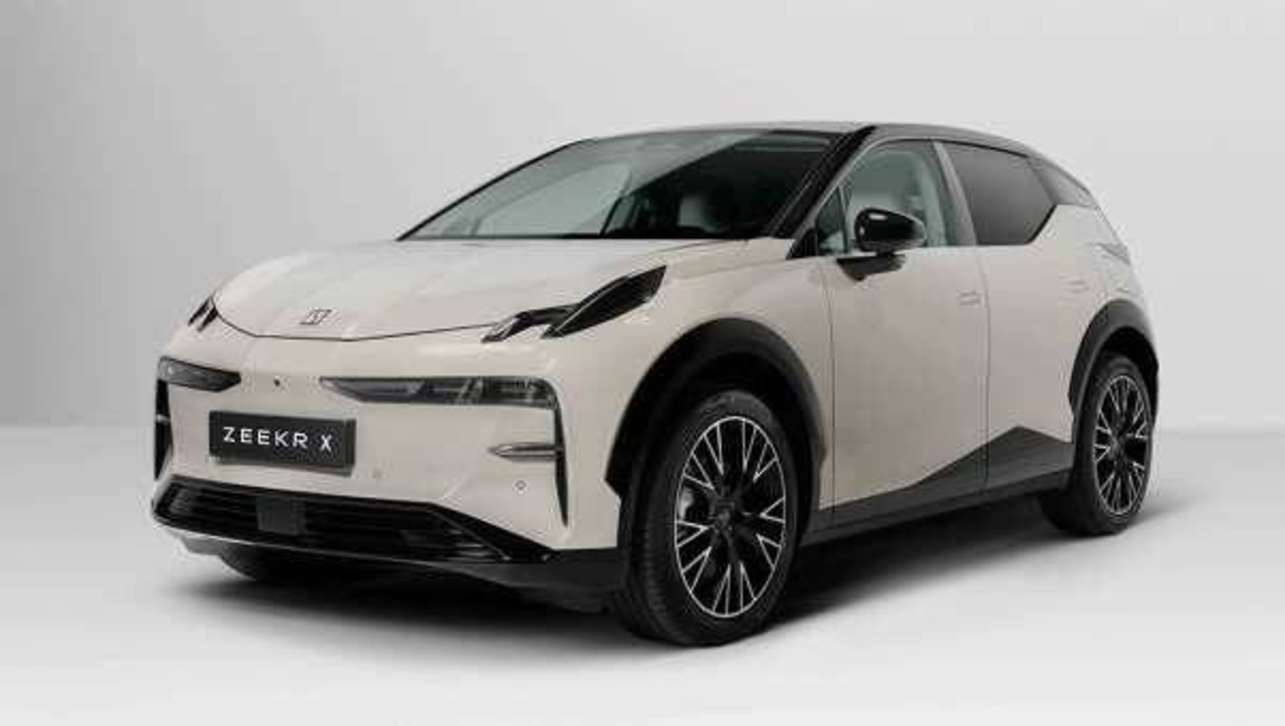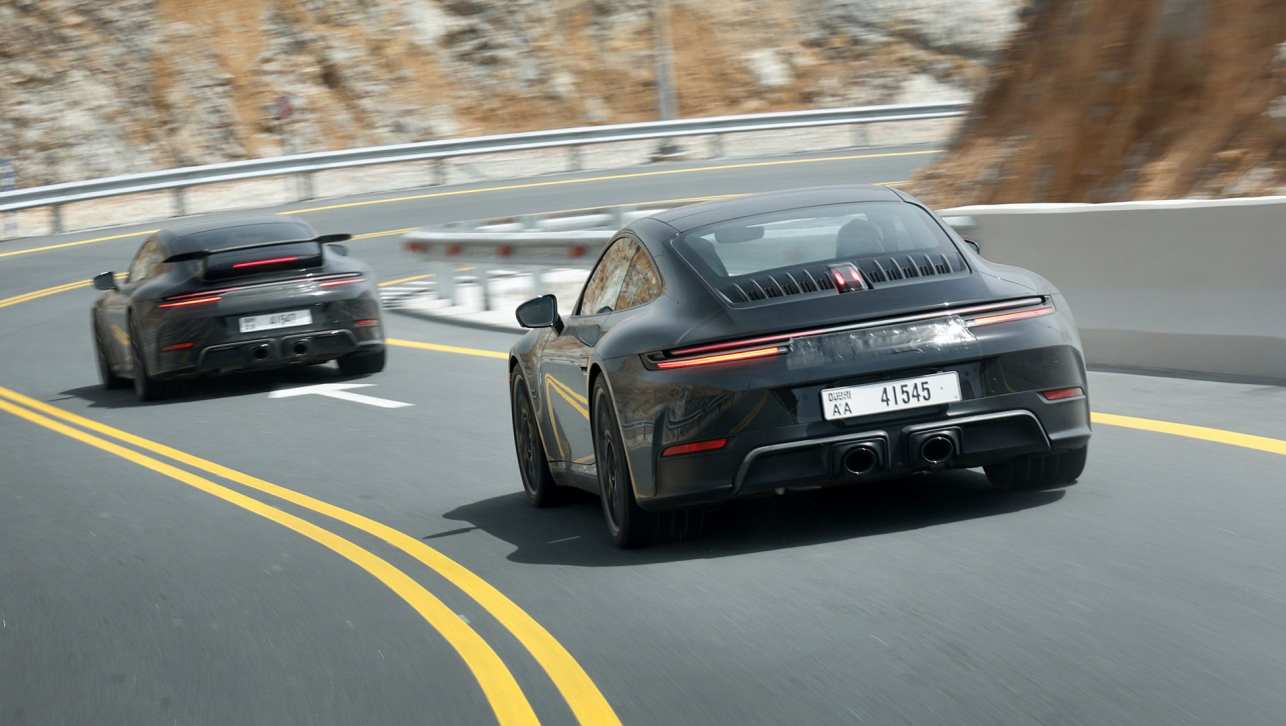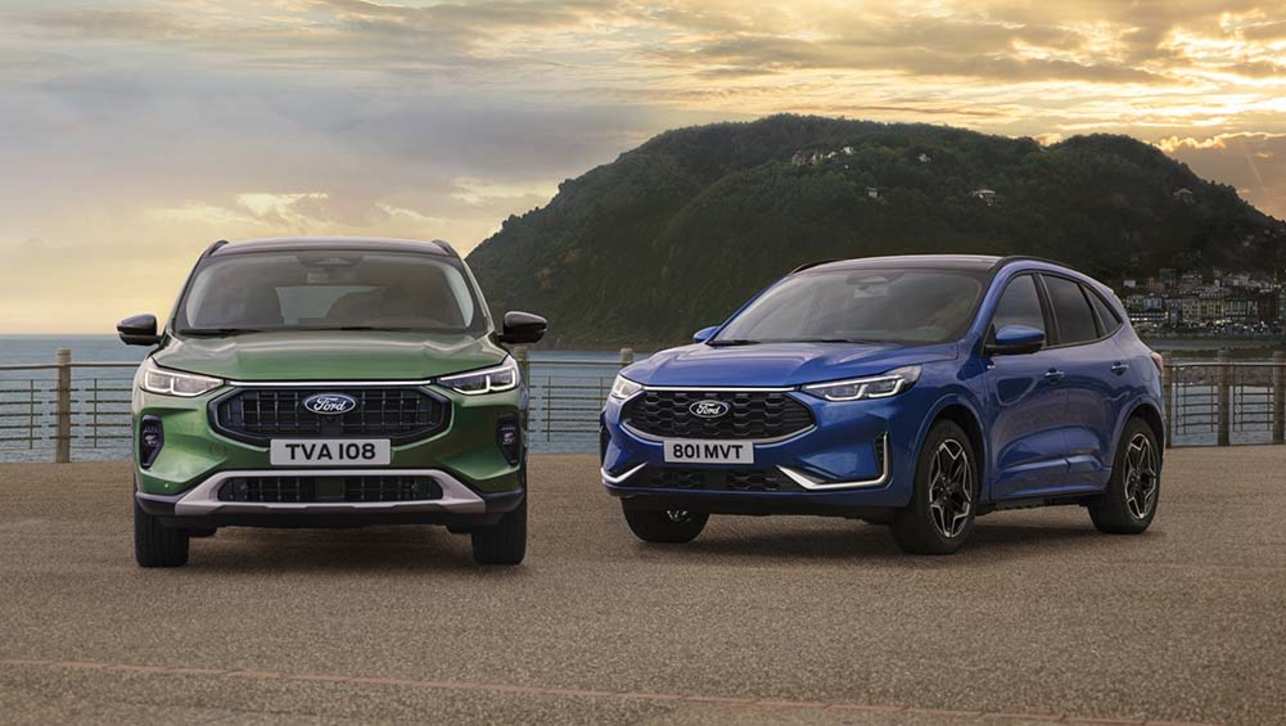Speaking to CarsGuide at the launch of the XUV700, Mahindra’s Australian division has confirmed it will stick with larger models which it thinks are better suited for our market.
The two vehicles in Mahindra’s renewed push into Australia so far include the XUV700, a mid-size SUV with seven seats, and the larger Scorpio ladder-frame off-roader.
The brand will double down in this larger size-bracket later in the decade with an upcoming dual-cab ute, which will be a more global offering than the agricultural Pik Up which it is most famous for in the Australian market.
As to why the brand is targeting larger vehicles so heavily, the brand’s local Mahindra’s local Sales Manager, Ankit Taneja, said the largest opportunity for Mahindra specifically in the Australian market was very much in the mid-size petrol space, which makes up some 40 per cent of the Australian market.
“We look at this as an entire opportunity,” he said.
Overseas though, Mahindra offers some models which also meet its new “global” criteria, like the XUV300 and XUV400 small SUVs which are derived from the SsangYong Tivoli.
The models have been a big success for Mahindra, both in India and in export markets, but they come from the brand’s now defunct ownership of SsangYong, which has since returned to South Korean ownership.
.jpg)
When queried on whether either of these models could follow the XUV700 to an Australian launch, Mahindra’s executives indicated they were less keen to move in this direction.
“We’re not evaluating [the XUV300] for this market at the moment,” said Veejay Nakra, CEO of Mahindra’s global automotive division. “There is a new mid-life enhancement for the XUV300, and the fully electric version, but for Australia we haven’t evaluated it.
“We don’t think we need to invest in a new [smaller] platform for Australia,” indicating that the brand sees more growth potential in the mid-size SUV segment.
.jpg)
Instead, Nakra pointed to the future, where the brand will bet on its incoming range of fully electric vehicles under its ‘BE’ fully electric sub-brand. Both vehicles marketed under the BE brand, and future XUV models will launch on Mahindra’s new INGLO electric architecture, which is derived from Volkswagen’s MEB platform, specifically using VW Group motors and batteries.
Don’t expect the new electric models to have quite the same budget pricing as Mahindra’s combustion range, with Nakra saying the battery electrics will bring the brand a “new, youthful buyer” at a “different price-point” to what we might expect from Mahindra thus far.
Mahindra plans to field a full line-up of electric SUVs, kicking off in 2025 with the XUV e.8 which will be a similar mid-size shape to the just-launched XUV700. It will be joined by a coupe-styled e9, followed by the launch of the BE brand which will have a line-up consisting of small and mid-size SUVs.
.jpg)
Other Mahindra models are also on the backburner or ruled out, at least for the time being. These include the KUV100, an intriguing low-cost small crossover which is available with a 1.2-litre four-cylinder engine producing 61kW/115Nm and five-speed manual, but one which is likely to fall afoul of local safety requirements.
Another opportunity is the Thar, a Jeep-Wrangler look alike, which has almost as much pedigree as the Jeep itself, having been continuously produced by Mahindra since the brand assembled licenced copies of the Willy’s Jeep in 1947. Mahindra has been prevented from selling this model in Australia since the most recent version was unveiled in 2020 thanks to a dispute with Jeep owner Stellantis, however this may not rule it out forever, so long as the brand sufficiently differentiates the styling.
So, will we see smaller Mahindras in the future? It’s not likely, at least not until the brand enters its electric era in the second half of the decade.




.jpg)







.jpg)




.jpg)

.jpg)

.jpg)
.jpg)
.jpg)
.jpg)




Comments